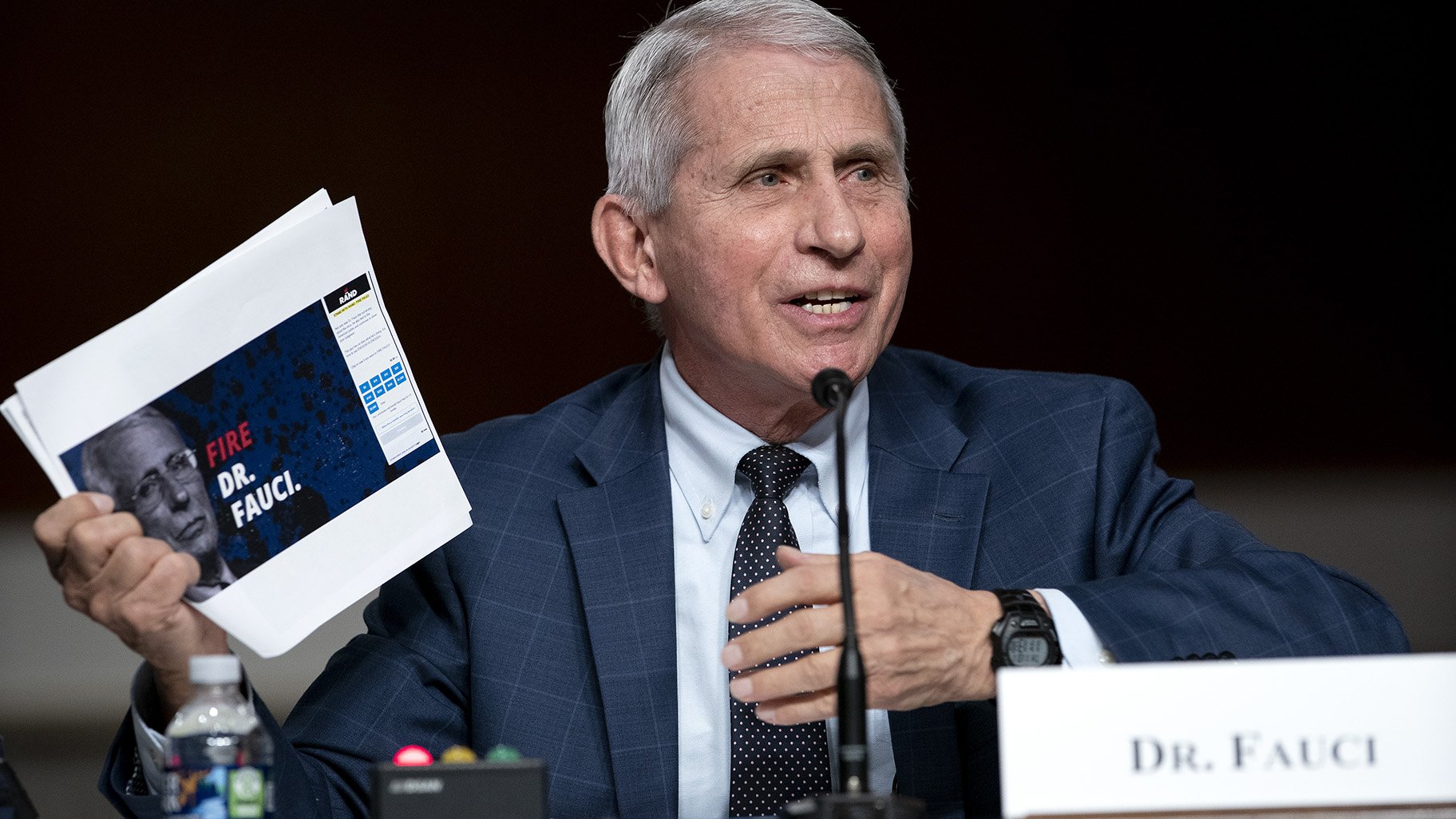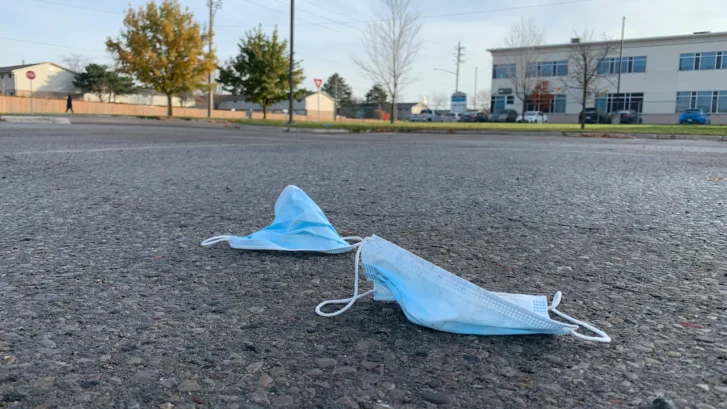Is the Pandemic Over? Not Quite
Dr. Anthony Fauci’s comment that we are “certainly, right now, in this country, out of the pandemic phase” of COVID-19 sparked numerous questions to our primary care concierge doctors in Jupiter.
It also seemed to cause a great deal of confusion and misconceptions around the country at large, at least until he clarified his statement the following day.
What Did Fauci Say?
In essentially declaring the pandemic phase past, at least for now, Fauci went on to explain:
“Namely, we don’t have 900,000 new infections a day and tens and tens and tens of thousands of hospitalizations and thousands of deaths,” he told PBS’s News Hour. “We are at a low level right now. So if you’re saying, are we out of the pandemic phase in this country? We are.”

After the blowback from those who weren’t sure what he meant, he spoke with several media outlets the next day.
He told CNN that those who had mischaracterized his comments to mean that the pandemic is over were “not what I said.”
“We are not over the pandemic,” he said. “Don’t let anybody get the misinterpretation that the pandemic is over, but what we are in is a different phase of the pandemic. “A phase that’s a transition phase, hopefully headed toward more of a control where you can actually get back to some form of normality without total disruption of society, economically, socially, school-wise, etc.”
And just because cases are lower in this country doesn’t mean we’re safe. The World Health Organization (WHO) cautioned last month that the pandemic is far from over in many parts of the world, which means we’re still at risk because of international travel.
Cases still rising
Yes, we are worlds away from where we were at the onset of the pandemic, or 18 months ago, or even where we were this winter when the omicron variant dominated.
But cases are still rising in most states, and hospitalizations are also up, though not dramatically. Fauci himself declined to attend the White House Correspondents Dinner because he’s made the assessment that his age—81—puts him at higher risk of contracting COVID-19.
Even though he’s been vaccinated and boosted, as we’ve explained before vaccination doesn’t prevent infection if you’re exposed to the virus. It simply reduces your chances of having a severe illness or being hospitalized or dying.
Nevertheless, we still have more weapons in our arsenal than we had at the beginning of the pandemic.
“So what we need to do is to continue to be vigilant, to follow the CDC guidelines, to do the kinds of things that protect you,” Fauci told CNN.
“Get vaccinated, if you’re not vaccinated; get boosted if you’re eligible for a boost. If you do get infected, be aware that there is [an] availability of antivirals.”
Available treatments
These include one monoclonal antibody treatment approved by the U.S. Food and Drug Administration (FDA), one IV treatment, and two antiviral pills.
Bebtelovimab, a monoclonal antibody, is authorized for non-hospitalized adults and children over age 12 with mild to moderate symptoms who have tested positive for COVID-19, and who are at risk of developing severe symptoms or being hospitalized.
The IV antiviral treatment remdesivir is for outpatients who are at high risk of being hospitalized. And late last month the FDA approved remdesivir for infants 28 days and older.
One antiviral pill, molnupiravir, is available by prescription for those 18 and older who are at risk for severe illness. The FDA recommends this pill as an option of last resort, because in clinical trials it reduced the risk of severe illness by just 30 percent.
The other pill, Paxlovid, has been shown to reduce the risk of severe illness by 89 percent. It is available by prescription for anyone ages 12 and older who weighs at least 88 pounds, has had a positive COVID-19 test and is at risk for developing severe COVID-19.
The federal government pays for Paxlovid so it is free to anyone with a prescription. The White House last month launched a new push to make millions more doses available nationwide.
Should you still wear a mask?
We would advise everyone to continue wearing a mask in crowded indoor settings with poor ventilation. You don’t know who else there may be infected, and many people have dispensed with masks.
According to latest reports, about 300 Americans are still dying from COVID-19 every day. The omicron subvariants continue to spread (the highly transmissible BA.2.12.1 omicron subvariant is the current dominant strain), and confirmed cases and hospitalizations have begun to trend upward again in recent weeks.
As we mentioned above, vaccination isn’t a shield that can keep your from becoming infected. Neither is prior infection. Even though the CDC announced last month that a majority of Americans have had the virus, including three-quarters of children, that’s no guarantee of protection. Many people have had COVID-19 two or three times.
“We know that immunity triggered by infection is only good, not great,” Kent Sepkowitz, a physician and infectious disease expert at Memorial Sloan Kettering Cancer Center in New York, wrote in a recent CNN editorial.
“Indeed, my adult son has come down with a second omicron illness only four months after his first. He is less sick, but sick—despite youth, his previous recent infection, three messenger RNA vaccinations, and a proper respect for how to avoid infection.”

